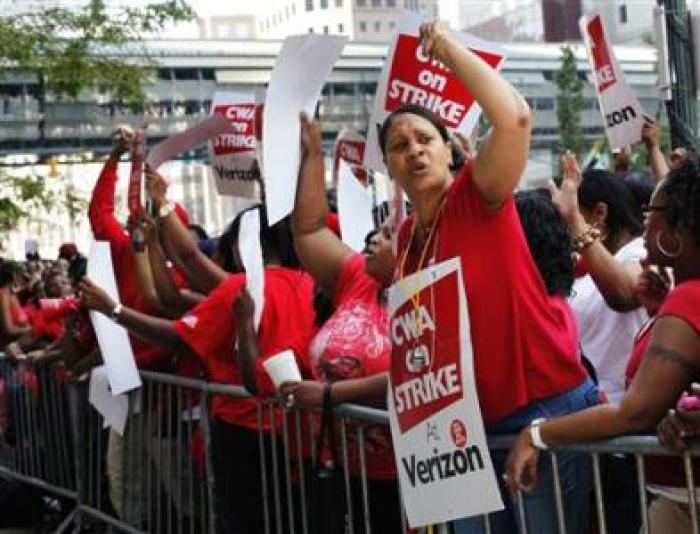Labor Day: How the Movement Became a National Holiday

After months of enjoying the pleasures of summer, for many one holiday marks the end of that time of leisure and the beginning of a new season of obligation.
Across the United States of America, each year the first Monday of September marks the observance of Labor Day.
A date known for its picnics, parades, block parties, and the dreadful reminder that the school year is about to begin, Labor Day has a history going back to the nineteenth century.
It is a history entangled in the debate over unions and workers' rights, bearing with it a more political implication than many federally recognized holidays.
Below are some interesting facts about the holiday that forms the mental barrier between summer and autumn.
A Canadian Heritage
Although a nationally observed holiday in the United States of America, what has become Labor Day might actually have its roots in the Great White North.
During the 1870s, labor unions protested the lengthy work week in Toronto and held a parade in the city in 1872.
Rather than be a cause for celebration, the demonstration led to a mass arrest of labor leadership by the then anti-union Canadian government.
It was not until the 1880s that similar demonstrations and observances came to the American labor movement, which helped to usher in the holiday.
A Disputed Heritage
As with other national holidays, Labor Day began as a series of isolated local celebrations and observances rather than one nationwide date.
Throughout the 1880s, with the formation of unions and socialist organizations, various states passed legislation making the holiday official.
Regarding the specific founder of the national Labor Day holiday, an entry on the History Channel website noted that there is no consensus on the matter.
"Many credit Peter J. McGuire, cofounder of the American Federation of Labor, while others have suggested that Matthew Maguire, a secretary of the Central Labor Union, first proposed the holiday," noted History.com.
The first official Labor Day is widely believed to be the observance held in New York City on Sept. 5, 1882, which involved a parade. Ironically it was a Tuesday.
"The first Labor Day holiday was celebrated on Tuesday, September 5, 1882, in New York City, in accordance with the plans of the Central Labor Union," noted the U.S. Department of Labor.
"The Central Labor Union held its second Labor Day holiday just a year later, on September 5, 1883."
A Political Heritage
While Americans of all ideological stripes celebrate Labor Day today, the observance has roots in the labor movement and thus has a more partisan aspect.
Labor Day came from the increased strikes demanding an eight-hour work day and better working conditions overall for factories.
The immediate cause for the creation of a federal Labor Day was the fallout from the violent breakup of a strike held in June of 1894 in Chicago, according to History.com.
"To break the strike, the federal government dispatched troops to Chicago, unleashing a wave of riots that resulted in the deaths of more than a dozen workers," noted the site.
"In the wake of this massive unrest and in an attempt to repair ties with American workers, Congress passed an act making Labor Day a legal holiday in the District of Columbia and the territories."
As time passed, changes emerged in how people celebrated and thought of the first Monday in September, which is widely observed even as union membership in the United States is hitting record lows.
An American Heritage
While the labor movement is international, Labor Day in the United States falls at a time different from most of the rest of the world.
Among the international labor movement, May 1, also called May Day, is International Workers' Day. Over 80 countries celebrate the observance during the spring rather than September.
International Workers' Day tends to be celebrated the way America's Labor Day was generations ago, with unions holding widespread demonstrations.
According to Officeholidays.com, the United States' selection of a different day to observe Labor Day rather than May 1 may have had its roots in anti-socialist sentiments among the political establishment.
"There is some suggestion that the reason for this was to avoid the commemoration of riots that had occurred in 1886," noted the site.
"The adoption of May Day by communists and socialists as their primary holiday [might] have been … another reason as they further [increased] official resistance to May Day labor celebrations in America."



























